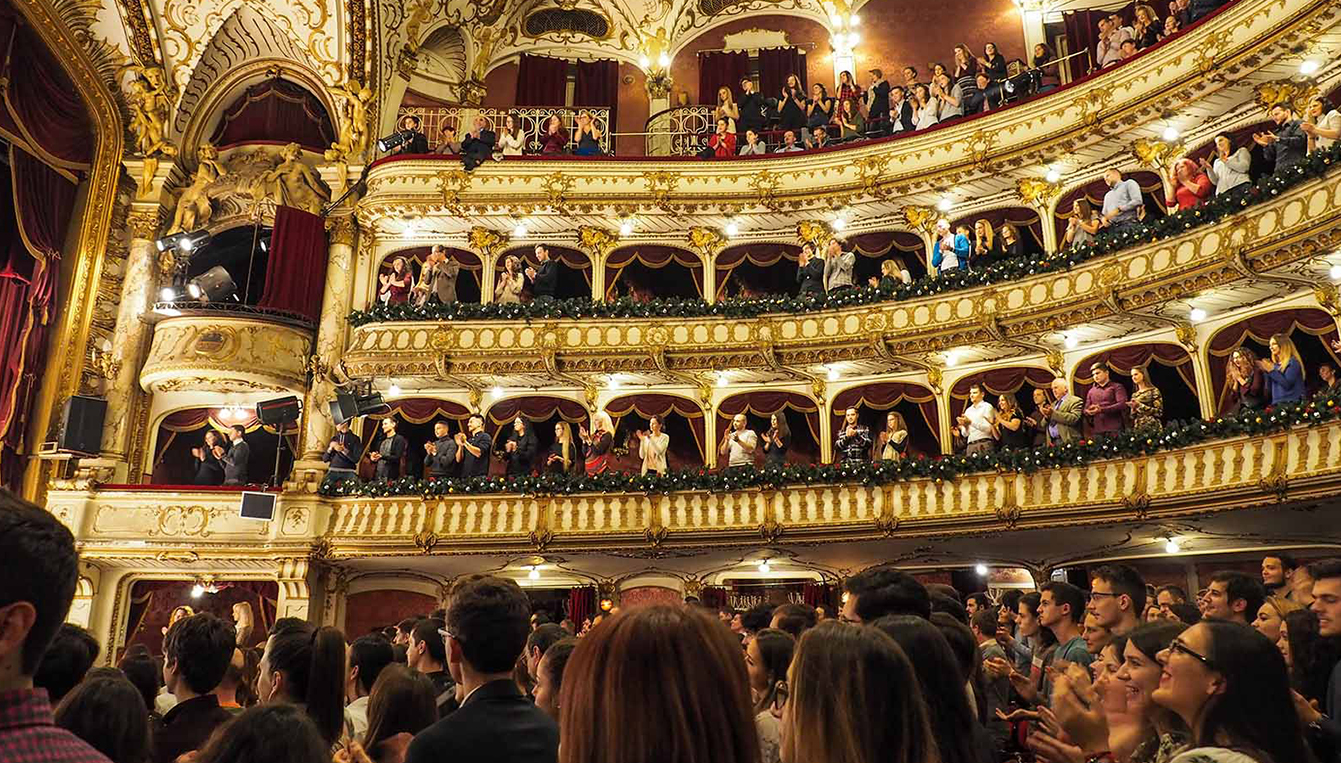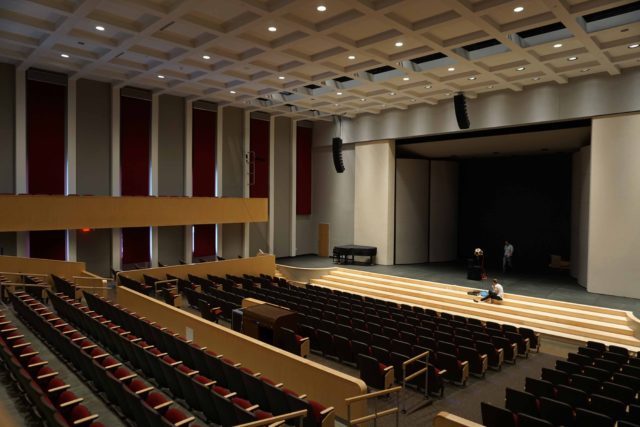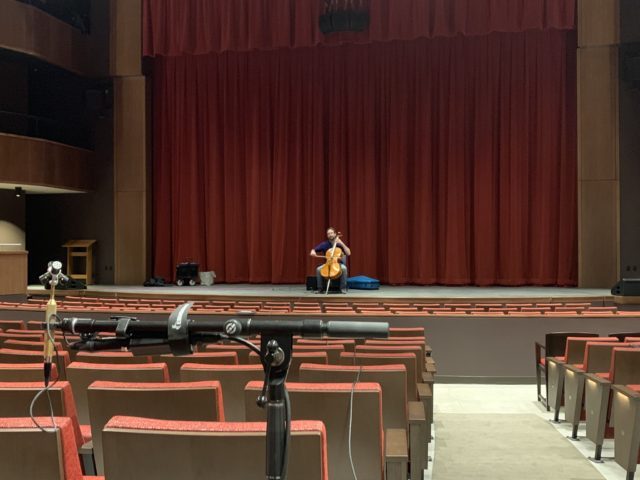Jonah Sacks
Director, Architectural Acoustics Group
Studio A | Market Co-Leader
Principal

Here’s a personal fact: I like watching food TV. I recently saw a segment by Bon Appetit that made me think about my other favorite topic: acoustics of music spaces. In this segment, the amazing Chris Morocco dons a blindfold and analyzes a burger using only his senses of taste, smell, and touch. His method is effective, but curious: he deconstructs the sandwich and evaluates each component individually – a little nibble of the meat, a sniff of the red onion, snaps off a chunk of bacon – but never actually takes a bite of the whole burger!

Far be it from me to doubt Mr. Morocco’s process. It’s great TV, after all. But when it comes to performance space acoustics, this style of analysis can be a trap. One can analyze the technical details of a concert hall – dimensions, orientation of audience and performers, surface shaping and materials – as well as its measurable acoustical performance – reverberation time, loudness, reflection patterns, and more. Indeed, much of our work consists of this kind of analysis. We can even create computer models of halls and listen to pre-recorded music processed through these models: we call this DListening. But for any of this to mean anything, we need to understand it in the context of what really matters in concert hall acoustics: how the music sounds during an actual concert, and how it makes you feel in context.

This kind of understanding comes not from a textbook or from data. It comes from listening to performances in performance spaces, experiencing them as audiences do (and, if possible, as performers), with the aural experience all mixed up with the rest of it: visual, social, and physical.
What do we need to know about a burger to judge its excellence? How it looks, smells, feels when you hold it, how it fits in your mouth and holds together or falls apart as you go in for a bite. The overall balance of flavors, which components pop and which get lost. Is there enough pickle to balance the beef fat? What’s that bit of crunch? How’s the sear on the meat? In some cases, an unusual burger may force us to reconsider what makes it a burger and what makes it good.
A concert hall, I think we can agree, is even more complex than a burger, even if we limit our consideration to its acoustics. To comment on the hall’s excellence, we must consider a wide range of music, many compositional styles, a wide variety of ensemble sizes and instrumentations, use of amplification or pre-recorded elements. The hall and the performers work together to draw the audience close to the music and engage them in its story. The history of the concert hall and the music performed in it creates a set of expectations that may be served or challenged by a new hall and the performers who use it: is this even a concert hall? is it good?

The same goes for smaller recital halls, jazz clubs, drama theatres of various sizes and forms, and even cinemas.
The proof of the concert hall is in the listening, and in the entire concert experience. Just as Mr. Morocco’s success in recreating a burger is measured by his colleagues’ reactions when they eat it, the success of a music space is measured by the concert experience of the performers and audience. Thank you, Chris Morocco and Bon Appetit, for this unexpected reminder that, when we do our work in acoustical assessment and design, we need to keep our focus on the listening experience, and we need to take part in it. Eat the burger.